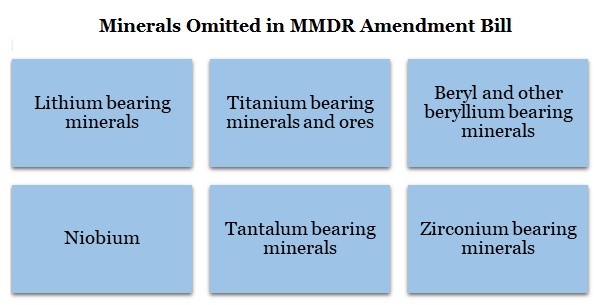Recently, the Mines and Minerals (Development and Regulation) Amendment Bill, 2023, (MMDR) which aims to attract private sector investment in the exploration of critical and deep-seated minerals, was passed.
Status of Critical and Deep Seated Minerals in India
World Bank study suggests that the demand for critical metals such as lithium (Li) and cobalt is expected to rise by nearly 500% by 2050.
To know more about status of critical minerals in India click here

As per a report India has explored just 10% of its Obvious Geological Potential (OGP), less than 2% of which is mined and the country spends less than 1% of the global mineral exploration budget.
Australia produces almost half of the world’s lithium, is the second-largest producer of cobalt and the fourth-largest producer of rare earths elements.
References